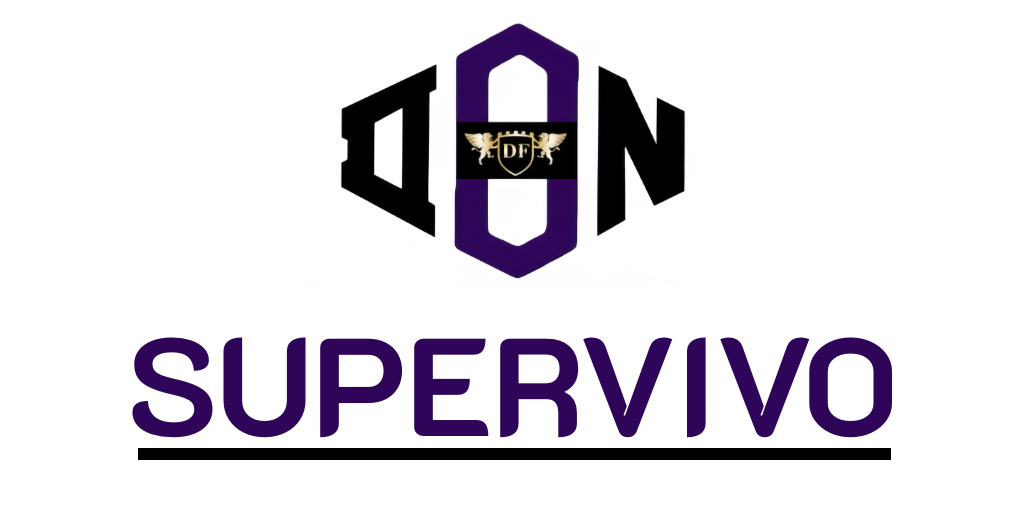Fashion technology, commonly referred to as fashion tech, represents a revolutionary blend of fashion design and the latest technological advancements. In a world where digital innovation permeates every aspect of our lives, understanding what is fashion tech becomes essential for both enthusiasts and industry professionals. This domain highlights the transformative power that technology has on our attire, leading to tech-enabled clothing that enhances functionality without compromising style. As we explore the intricacies of this evolving field, we will uncover how fashion technology is reshaping supply chains and enriching retail experiences, paving the way for a new era of high-tech fashion.
Understanding Fashion Technology
Fashion technology represents a transformative blend of style and innovation. It merges clothing design with cutting-edge digital tools, thus elevating the way we perceive and experience garments. This intersection encourages the development of innovative textiles and futuristic fashion choices that adapt to the wearer’s needs.
Defining Fashion Tech
Fashion tech encapsulates a wide array of elements that redefine how we approach clothing. From smart fabrics capable of changing colour or regulating temperature to 3D printing techniques that introduce entirely new aesthetics, the scope is extensive. The integration of technology into clothing not only enhances aesthetics but also allows for functionalities that track health metrics and employ augmented reality interfaces.
The Evolution of Fashion Technology
The evolution of fashion tech has been marked by significant milestones. The introduction of ready-to-wear clothing in the 20th century streamlined production processes, making fashion more accessible. In recent decades, the rise of wearable technology such as fitness trackers and smartwatches has reshaped consumer engagement with fashion. These advancements have revolutionised the market, promoting greater accessibility and personalisation within the fashion industry.

What Is Fashion Tech
Fashion technology represents a dynamic intersection between the realms of style and innovation. Numerous components converge to create a landscape rich in possibilities, spurring creativity and functionality in the ever-evolving fashion industry.
Key Components of Fashion Tech
Three pivotal elements underpin fashion technology:
- Smart fabrics are at the forefront, integrating materials with advanced functionalities such as moisture-wicking, temperature regulation, and health monitoring capabilities.
- Wearable technology has transformed everyday accessories into essential tools, blending aesthetics with performance through devices like smartwatches and fitness trackers.
- Digital design tools, including CAD software, revolutionise garment creation. Designers can explore novel concepts, pushing the boundaries of materials and design.
Examples in the Fashion Industry
Numerous brands epitomise the integration of fashion tech:
- Adidas has pioneered fitness clothing embedded with sensors for biometric tracking, elevating athlete performance.
- Levi’s introduced innovative jackets featuring touch-sensitive controls, merging traditional craftsmanship with modern technology.
- Emerging platforms like The Fabricant are redefining fashion with entirely digital creations, challenging conventional paradigms while addressing sustainability.
The Role of Wearable Technology in Fashion
Wearable technology has become a game changer in the fashion industry, merging aesthetics with functionality. This innovative approach has transformed how individuals engage with their daily attire, leading to significant lifestyle changes.
Popular Wearable Devices
Several popular wearables have garnered attention for their unique ability to blend fashion technology with practicality. Smartwatches from renowned brands such as Apple and Garmin exemplify this trend by combining sleek designs with sophisticated health monitoring features. Fitness bands, like those offered by Fitbit, not only track physical activities but also enhance style through their fashionable appeal. Emerging trends in smart textiles further broaden the scope of wearable technology, encouraging creativity in tech-integrated clothing.
The Impact on Lifestyle and Health
The integration of wearable technology into everyday life significantly influences health and lifestyle. Users benefit from real-time data on various aspects of their well-being, including physical activity, heart rate, and sleep patterns. Such insights enable more informed health decisions, encouraging a culture of health consciousness. Features like pedometers, ECG monitors, and stress management alerts drive users toward improved fitness outcomes, aligning style with health outcomes.
Smart Fabrics and Innovative Textiles
As fashion technology continues to develop, the spotlight shines on smart fabrics and innovative textiles. These materials are transforming the way we perceive clothing and its functions, blending style with advanced technology.
What Are Smart Fabrics?
Smart fabrics refer to textiles that not only fulfill the basic requirements of clothing but also integrate technology to boost their capabilities. These fabrics can exhibit remarkable features such as colour-changing properties in reaction to environmental influences or incorporate sensors that adjust based on the wearer’s physical state. Brands like Sensoria and The North Face are spearheading advancements in this space, experimenting with embroidered electronic circuits that allow seamless technology integration within garments.
Applications in Fashion Design
The applications of smart fabrics in fashion design are boundless and revolutionary. Designers employ these innovative textiles to create garments equipped with responsive functionalities. For instance, apparel that modifies its thermal properties based on the external temperature or sportswear that enhances athletic performance presents a new frontier in clothing. This synergy between practical applications and aesthetic artistry invites brands to embark on exciting storytelling journeys, reflecting innovation within the fabric of our everyday lives.
Digital Fashion: The New Frontier
Digital fashion represents an exciting frontier within fashion technology, offering unprecedented opportunities for creativity and innovation. The creation of digital garments has empowered designers to push boundaries, resulting in immersive virtual experiences and unique fashion expressions.
How Digital Fashion is Created
The journey of digital fashion begins with sophisticated design software that allows creative minds to conceptualise their visions within virtual realms. Tools like CLO and Optitex facilitate the creation of digital garments, providing designers with the ability to visualise garments in 3D and simulate the properties of real-world fabrics. This approach promotes a sustainable method of design, as rapid prototyping reduces fabric waste, all while enhancing the creative process.
The Rise of Virtual Fashion Shows
Virtual fashion shows have transformed the way brands present their collections, breaking away from the confines of traditional catwalks. Platforms such as Fortnite and Instagram have hosted groundbreaking online fashion shows that engage audiences globally without the limitations of geography. Major brands are increasingly leveraging this innovative approach to digital fashion, creating more inclusive and interactive experiences for viewers. This trend reflects the potent blend of creativity and technology, shaping a new era within the fashion industry.
High-Tech Fashion and Future Trends
The landscape of high-tech fashion is set to undergo a remarkable transformation, driven by the remarkable advancements in fashion technology. As artificial intelligence and machine learning continue to evolve, designers are exploring innovative ways to incorporate these technologies into their creations. The future trends point towards a more personalised fashion experience, where adaptive clothing adjusts to the user’s physical conditions, ensuring both comfort and functionality.
Moreover, the rise of virtual-interactive retail experiences is redefining how consumers engage with fashion. Shoppers can now immerse themselves in unique digital environments, trying on clothes virtually or interacting with pieces in ways previously unimaginable. This shift not only enhances user engagement but also aligns with the increasing consumer demand for unique and compelling shopping experiences.
Sustainability, too, is becoming an integral part of the high-tech fashion narrative. As fashion technology continues to advance, there is a strong focus on environmentally friendly practices. From recycling and reuse to ethical sourcing, the industry is embracing a future that prioritises the planet. Ultimately, the combination of chic designs and functional technology paints a bright future for high-tech fashion, offering endless possibilities for consumers in the UK and beyond.









